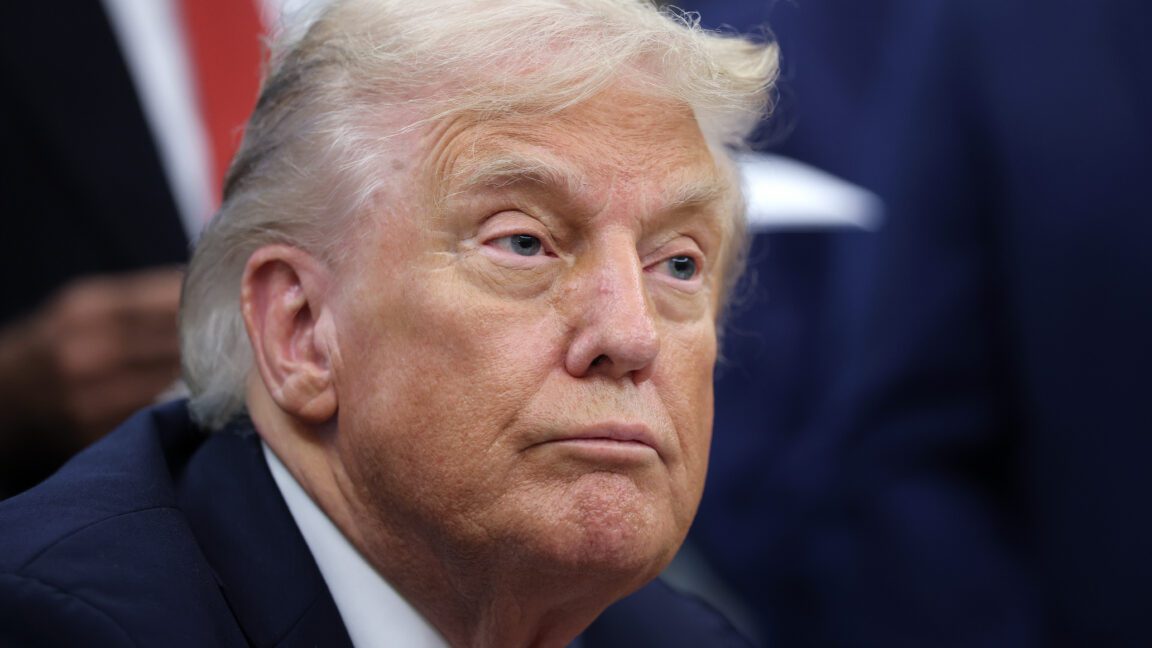
removing these 50 objects from orbit would A recent analysis has identified 50 critical pieces of space debris that, if removed, could significantly reduce the risk of collisions in low-Earth orbit (LEO).
removing these 50 objects from orbit would
Understanding Space Debris
Space debris, often referred to as space junk, consists of defunct satellites, spent rocket stages, and fragments from previous collisions or disintegration events. As the number of active satellites and missions increases, so does the potential for collisions, which can create even more debris. This growing concern has prompted researchers and space agencies to focus on identifying and mitigating the risks posed by existing debris.
The Current State of Space Debris
According to a recent study presented by Darren McKnight at the International Astronautical Congress in Sydney, the majority of the most concerning pieces of space debris are relics from over 25 years ago. McKnight, the lead author of the paper, noted that “the things left before 2000 are still the majority of the problem.” This statement highlights the long-lasting impact of earlier space missions on the current orbital environment.
The study revealed that 76 percent of the objects in the top 50 list were deposited in orbit during the last century, with a staggering 88 percent of these being rocket bodies. These findings underscore the importance of addressing older debris, particularly as the space environment becomes increasingly congested.
The Top 50 Debris Objects
The 50 objects identified by McKnight and his coauthors are considered the most likely to contribute to the creation of additional space junk through potential collisions. These objects are traveling at speeds nearing 5 miles per second, which poses a significant threat to operational satellites and the International Space Station (ISS).
Characteristics of the Identified Debris
- Age: Most of the debris dates back to the late 20th century, indicating a lack of effective debris management strategies during that era.
- Type: The majority are rocket bodies, which are often left in orbit after their missions are completed.
- Speed: The high velocity of these objects increases the risk of catastrophic collisions, as even small pieces of debris can cause significant damage.
The Implications of Space Debris
The presence of space debris has serious implications for both current and future space missions. As the number of satellites in orbit continues to grow, the risk of collisions increases exponentially. A single collision can create thousands of additional debris fragments, compounding the problem and making certain orbits increasingly hazardous.
Collision Risks
Collisions in LEO can lead to a phenomenon known as the Kessler Syndrome, where the density of objects in orbit is high enough that collisions could cause a cascade effect, resulting in a significant increase in debris. This scenario poses a threat not only to satellites but also to human spaceflight missions. The ISS, for example, must regularly perform “debris avoidance maneuvers” to steer clear of potential collisions with space junk.
Stakeholder Reactions
The findings presented by McKnight have garnered attention from various stakeholders in the space community, including government agencies, private companies, and international organizations. Many are calling for increased collaboration and investment in debris removal technologies and strategies.
Government Initiatives
Space agencies such as NASA and the European Space Agency (ESA) have been actively researching methods to mitigate space debris. Initiatives include developing technologies for capturing and deorbiting defunct satellites and other debris. The ESA’s ClearSpace-1 mission, set to launch in 2025, aims to demonstrate the feasibility of capturing and removing space debris using a robotic arm.
Private Sector Involvement
In addition to government efforts, private companies are entering the space debris removal market. Companies like Astroscale are developing innovative solutions to capture and deorbit defunct satellites. These efforts are crucial as the commercial space sector continues to expand, with more satellites being launched each year.
Future Considerations
As the space environment becomes more congested, the need for effective debris management strategies becomes increasingly urgent. The identification of the top 50 most concerning debris objects is a critical step in addressing this issue. However, it is essential to consider the broader implications of space debris and the need for international cooperation in developing solutions.
International Collaboration
Space debris is a global issue that transcends national borders. Effective management requires collaboration among countries, space agencies, and private companies. International guidelines and agreements, such as the United Nations’ Long-term Sustainability of Outer Space Activities, emphasize the importance of responsible behavior in space and the need for debris mitigation strategies.
Public Awareness and Education
Raising public awareness about the issue of space debris is also vital. As more people become aware of the challenges posed by space junk, there may be increased pressure on governments and organizations to take action. Educational initiatives can help foster a culture of responsibility in space exploration and encourage future generations to prioritize sustainability in their endeavors.
Conclusion
The identification of the 50 most concerning pieces of space debris is a significant step toward mitigating the risks associated with space junk in low-Earth orbit. By focusing on the removal of these objects, stakeholders can work towards reducing the likelihood of collisions and ensuring a safer environment for current and future space missions. However, addressing the issue of space debris requires a multifaceted approach that includes technological innovation, international collaboration, and public engagement.
As the space community continues to grapple with the challenges posed by debris, it is clear that proactive measures must be taken to safeguard the future of space exploration. The implications of inaction could be dire, making it imperative for all stakeholders to come together and prioritize the sustainable use of outer space.
Source: Original report
Was this helpful?
Last Modified: October 4, 2025 at 4:36 am
1 views















